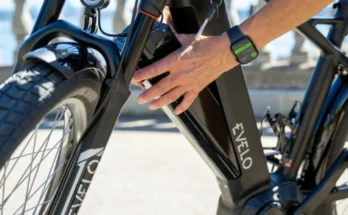I’d always followed the dress code at work—until I realized it wasn’t applied equally. Women were expected to wear heels, skirts, and makeup, while men strolled in with polos and sneakers. One day, I wore flats and a blazer instead of heels and got a warning. That was the last straw. I emailed HR, citing the double standards and outdated expectations. The response? Explosive. HR called a meeting, and suddenly, my simple act of defiance became a company-wide debate. I wasn’t trying to start a revolution—I just wanted fairness. But sometimes, fairness requires a little fire.
In the meeting, I laid out examples: male colleagues wearing jeans, others skipping grooming standards, while women were reprimanded for “not looking polished.” HR tried to deflect, but I held firm. “If professionalism is the goal, it should apply to everyone equally.” My manager looked uncomfortable. A few coworkers nodded quietly. I wasn’t alone. The tension was thick, but I refused to back down. I wasn’t asking for special treatment—I was asking for equal treatment.
Days later, HR sent out a revised dress code policy. Gender-neutral, flexible, and focused on comfort and professionalism. I was stunned. My small protest had sparked real change. Coworkers thanked me privately. One said, “You spoke what we were all thinking.” I realized that sometimes, the rules stay unfair because no one challenges them. I had challenged them—and won.
My manager apologized for the earlier warning. “We didn’t see it,” she admitted. “But you made us look.” That meant more than any policy change. It meant accountability. I didn’t want to be a hero—I just wanted to wear shoes that didn’t hurt. But in doing so, I’d helped reshape the culture.
Now, I walk into work in flats, slacks, or whatever feels right. No one bats an eye. The office feels lighter, more inclusive. And every time I see a colleague dressed comfortably and confidently, I smile. Because change doesn’t always come with a megaphone. Sometimes, it starts with quiet resistance—and a pair of flat shoes.


